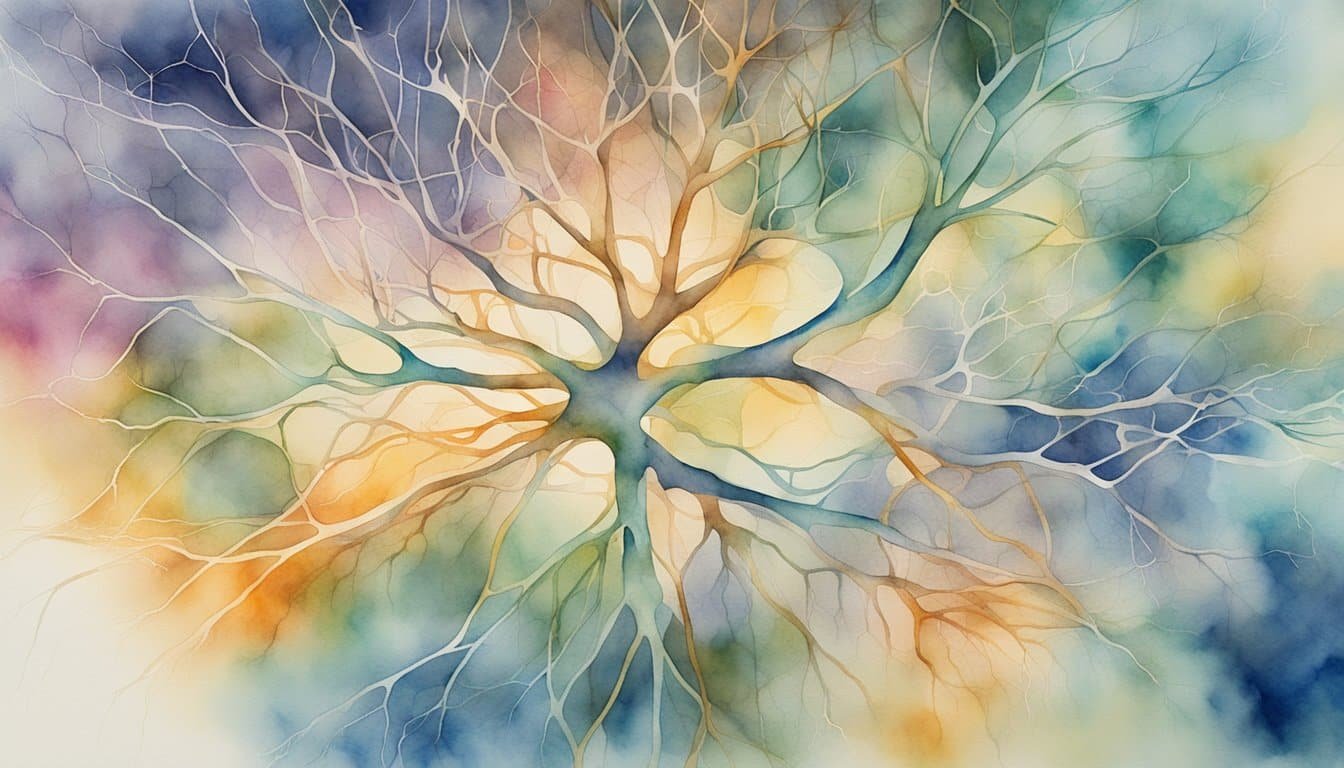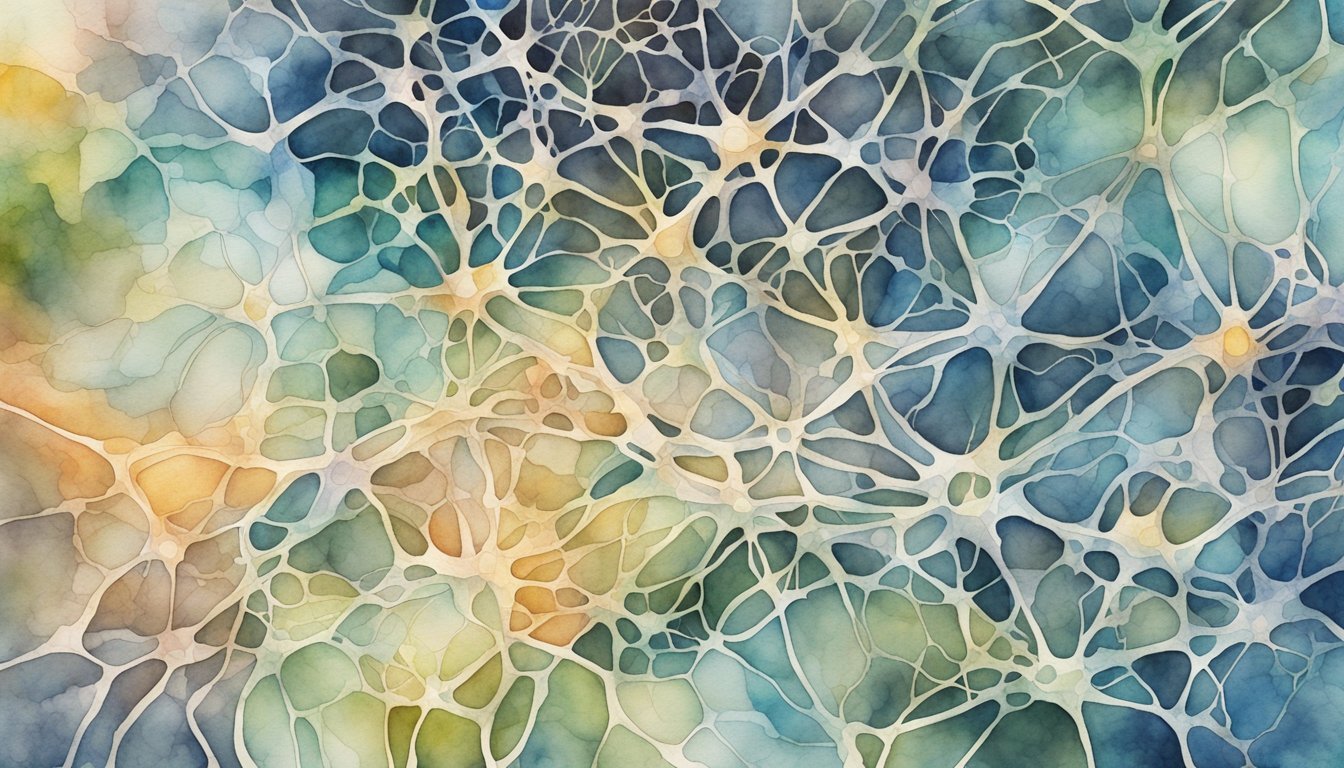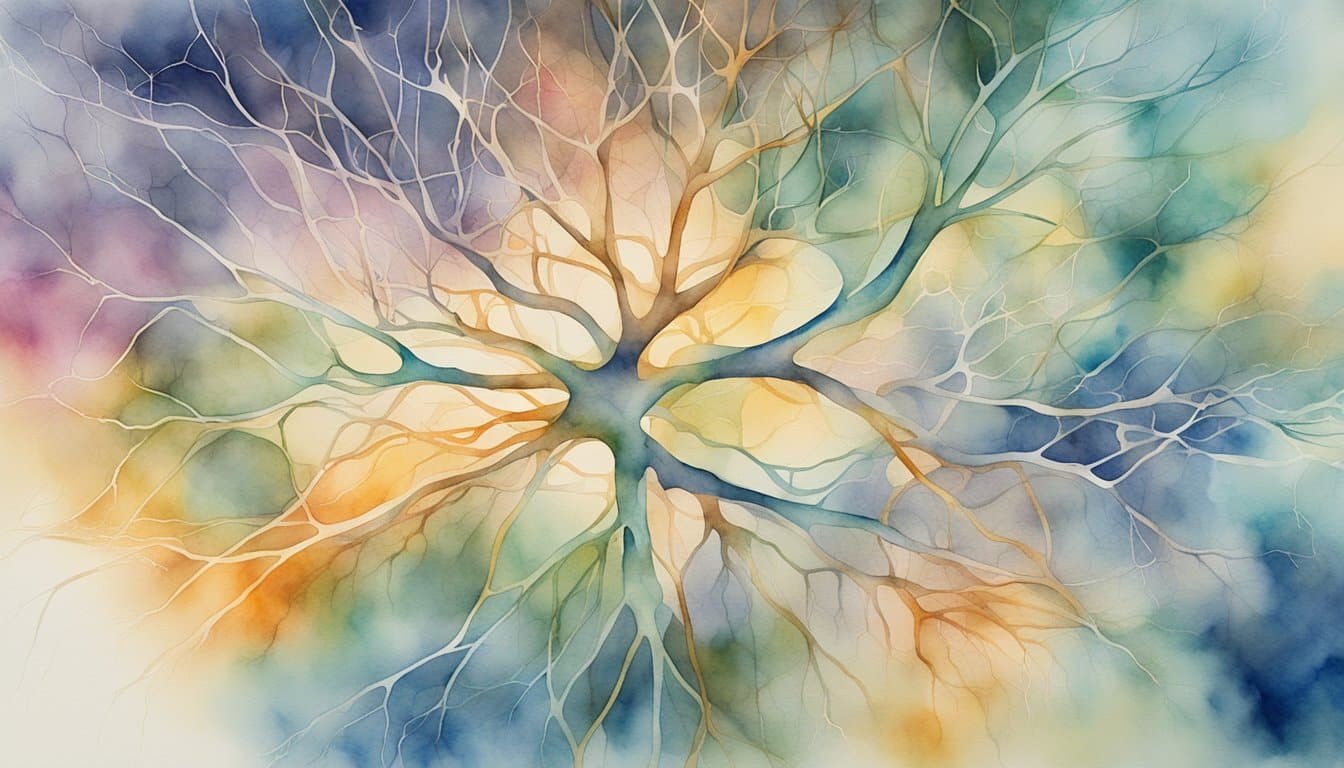Understanding Neurons and the Brain Structure
Exploring the brain’s complexity starts with understanding the fundamental units called neurons. They make up an intricate network responsible for everything from thought to movement.
Neuron Types and Functions
Neurons come in various types, each with a unique role in the functioning of the nervous system. Sensory neurons respond to external stimuli, such as touch, and send these signals to the brain. Motor neurons, on the other hand, carry commands from the brain to muscles to produce movement. A third type, interneurons, process these signals and relay information within the nervous system. Disorders affecting different neuron types can profoundly impact the nervous system’s operations.
Brain Regions and Neurons
The brain is a mosaic of specialized regions, each dense with neurons and critical to particular functions. The cerebral cortex, for instance, is packed with neurons and handles complex thought processes, while the hippocampus is pivotal in memory formation. Each region’s neurons have adapted to process information specific to that region’s function.
Neuron Anatomy and Signaling
Neurons exhibit a unique structure, with a cell body (soma), branching dendrites, and a long axon. The dendrites receive signals, and the axon transmits them to other neurons via a complex process at the synapse. Neurons communicate through electrical impulses and neurotransmitters, which are chemicals released across synapses to convey signals between neurons. This intercommunication forms the basis of all brain activity and is crucial to the functioning of both the brain and the central nervous system as a whole.
Neuronal Communication and Brain Connectivity

Neurons are the workhorses of the brain’s communication system, establishing complex networks that are vital for everything from reflexes to reasoning. This intricate system relies on both electrical and chemical signals to process and transmit information.
Synaptic Transmission
Synapses are the critical junctions where neurons communicate with each other. When an electrical signal reaches the end of a neuron, it triggers the release of neurotransmitters into the synaptic cleft. These chemical messengers then bind to receptor sites on the adjacent neuron, perpetuating the signal. Glial cells, although not directly involved in synaptic transmission, offer support by regulating neurotransmitter levels and maintaining homeostasis within the brain’s environment.
Network Patterns and Brain Activity
The human brain is a tapestry of interconnected networks where neurons collaborate to process information and generate responses. These networks are not random; they follow specific patterns that optimize brain activity and information flow. They shape our thoughts, emotions, and behaviors, with each neuron potentially connected to thousands of others, creating a high-capacity communication backbone essential for complex processing tasks.
The Scale and Complexity of the Human Brain

The human brain is an intricate organ, consisting of approximately 86 billion neurons, each contributing to the overall functionality, from basic survival to complex cognitive processes.
Estimating Neuron Count
Scientists have developed various methods to count the neurons in the human brain, leading to the understanding that a single brain contains as many neurons as there are stars in the Milky Way. A study presented in the Frontiers in Human Neuroscience journal suggests a linear scale-up in neuron count from other primates to humans.
Brain Evolution and Comparative Anatomy
Evolutionarily, the human brain has scaled up significantly compared to that of other animals. Not just in neuron count but also in the complexity of structures such as the cortex, where higher functions like memory and learning occur. This density and intricacy set humans apart even from closely related primates. In addition, myelin and oligodendrocytes, crucial for rapid signal transmission, show advanced development in the human brain, pointing to the evolution of brain function.
Impact on Cognition and Disease
The elaborate configuration of the human brain has a direct impact on cognition. The complexity of neuronal connections, influenced by learning, shapes individual human experiences and capabilities. Moreover, variations in the brain’s complex network are linked to mental health conditions such as schizophrenia. Understanding the human brain’s scale and complexity thus not only sheds light on evolutionary history but also guides the potential treatments for neurological disorders.

